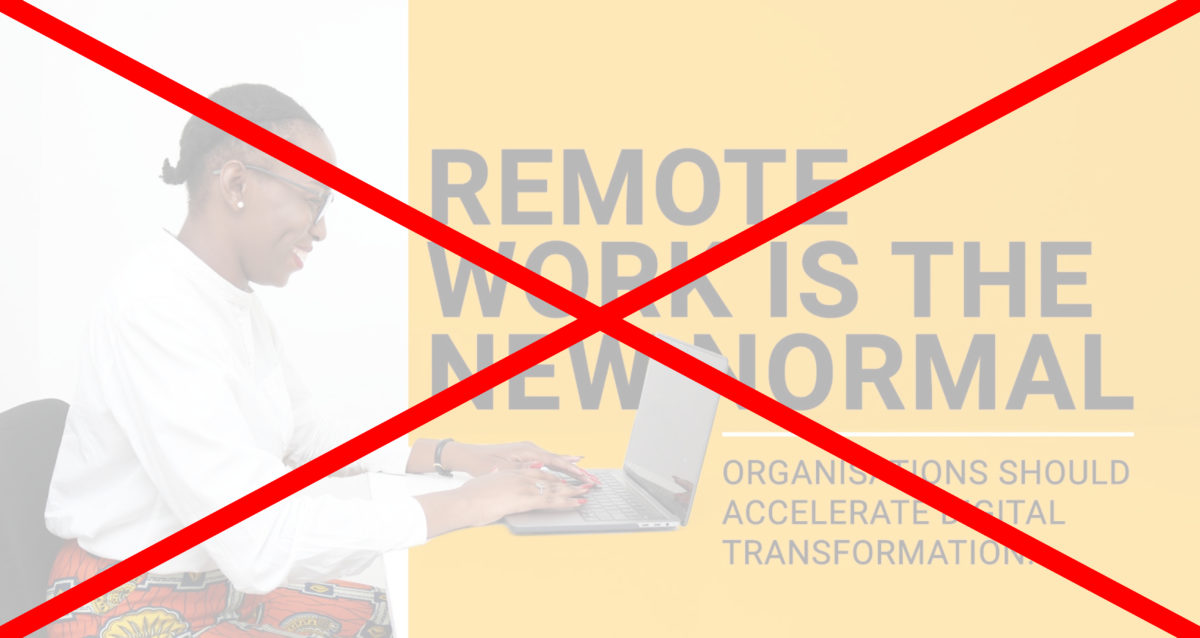These NOTE5 are random thoughts & bookmarks, roughly organized by topic, that I use for reference and conversation starters. I publish them for easy sharing, with hope there’s some hidden value for a wider audience. The format is more newsfeed than article.
Why? (Emotional) vs. How? (Practical)
“Start with why” is a trendy leadership slogan that follows a best-selling book of the same name. It’s generated attention and revenue in the same way “investment gurus” generate attention and revenue by selling advice instead of investing. That’s an unpopular and arguably sour-grapes take that I’ll stand by.
Systems-Rigidity Example: Supply Chains During COVID-19
We need more tweakers (systems, not meth) and fewer analysts.
The brittleness of our food supply chain clearly indicates efficiency kills flexibility. Processing is overly centralized, suppliers may be limited by restrictive contracts, there are too few/too big players in the systems, and…?
How does it make sense that dairy/meat/produce farmers are stuck without a market while retail shelves are well below capacity? Panic demand at the consumer level while producers dump/cull/plow under supply reveals inelastic markets, no?
The food supply is just one example that’s been exposed. Medical equipment, pharma, technology, and raw materials are a few others.
Efficiency emerged from the industrial revolution and we never updated our thinking from scale + optimization = efficiency = enough.
Resilience requires a set/measure/tweak/repeat cycle instead of a scale/optimize cycle. Tweakers on a shorter cycle can reconfigure. Long-term efficiency optimizers cannot.
We’re likely to see an M&A round that’s prone to optimizing for efficiency. It won’t be enough.
Which of your systems — customer, partner, internal — need some tweakers?
(Update: supply chains and the economy as a whole proved more resilient under pressure than expected. Room for significantly improved flexibility remains.)
Fear-Pitch: Digital Transformation Panic Because COVID
Remote work is not being tested. Leadership is. Trust, connection and communication are all that matter. Software tools are either a headache (worst case) or invisible (best case). The only software that matters is the software that gets out of the way of the humans.
Unpopular opinion: be wary of siren calls to accelerate digital transformation* in a panic. Digital transformation just became more urgent = digital transformation just became more high-risk.

Crisis requires some emergency decision. Part of the decision-making process should be considering how much technical debt will have to be repaid in the coming years.
* I’m talking about major software commitments, not basic remote comms & collaboration tools.
Zoom: Another “Productivity” Tool That Swallows Productivity
Zoom calls are the new open office — a source of constant noise and interruption. Writing, with controls and feedback mechanisms in place, is a solution.
There’s an old chestnut that “when 1 person is talking, 2 people are not working.” Email and other tools (chat, CRM…) are notorious time sucks. Social media-style comment features in project tools rarely contribute value.
Turns out the “playbooks” approach I’ve been developing is perfect for our newly remote reality.
It’s aimed at 3-5 person teams, in a simple story format, with a single comment (also story format) from each contributor. Everyone can work independently, have *short* check-in calls to clarify, and get back to work.
Easy to share, can replace a lot of reporting, low cost/barriers to start, almost any collaborative tool can be used.
There are extenuating circumstances at the moment but we need to be careful to avoid the “new normal” being passively created vs. taking a thoughtful approach to actively creating how we work & collaborate.
Offshoring Is No More/Less Attractive Than Before COVID-19
U.S. tech Twitterati are having fun with the idea that software engineers are newly (it’s not new) pitted against = overseas talent for 70% lower wage. Here’s what they miss:
1. The challenge of culture cannot be overstated.
2. Every region — Asia, Eastern Europe, The Americas — has unique cultural differences.
3. Productivity is not a 1:1 relationship.
4. Time zones.
5. Language: the best ESL speakers can’t keep up with English idioms and geek jargon. English, for all its efficiency, has a comical number of ways to say the same thing differently.
6. Agile requires some shared understandings — it’s near impossible across countries in different states of development (e.g. Amazon vs. an ecom site where you enter your address and your purchase is delivered via motorbike for cash on demand, no returns, no CC, no payment gateway).
7. A commitment to ship on day X does not mean the same thing to every culture. “Yes,” is fluid.
8. SECURITY.
There’s tremendous talent available in overseas markets but it’s not going to be a cost savings exercise. You’ll need leaders with one foot in both cultures, a minimum team embedded full-time overseas, and a long-term commitment to make it pay.
Offshoring is about getting talent. Soft-positioning it as a lever tells talent who to avoid.
Misunderstanding Cultures, In Countries & Companies, Leads to Failure
Most surprising thing about the latest Chinese spying and IP theft story is that we are surprised. It’s a different culture. “Borrowing” IP is just a chess move, not “stealing” exactly as we think of it.
That we are incapable of voicing a distinction between Chinese-American citizens (Americans) and Chinese diplomats/spies/CCP nationalists (guests) without racism hustlers losing their minds is just one issue.
That we foolishly, for decades, continue to expect CCP behavior to function according to our cultural norms and values is another.
That we talk about cultures — Chinese, Asian, Black, White — as global monoliths is perhaps the most ridiculous of all.
This recurring charade with China is a great analog to why organizational change of any kind is so hard. The larger the org, the less monolithic the culture. The less you focus on matters of culture (regions, depts, teams), the greater the chance of repeated failures.
Enter “woke.” Misunderstanding woke culture will be more like the way we misunderstand China — like a foreign culture, not a simple generational difference.
Digital Transformation just got a new kink.
The Catfish Effect – Spurring Innovation
While there’s an argument that technology transfer is an additional aspect here, either willing or reverse-engineered, this is a fascinating concept that can be adapted to companies & teams.
The crucial insight comes down to what in Chinese is called the “catfish effect.” Beijing calculated that by introducing a predator into China’s market, it would force its domestic companies to get stronger in order to compete. In its eyes, Tesla would become the “Apple of the automotive industry.”
Why China welcomes the pain Tesla brings (Nikkei Asia)
Cross-Cultural Blindspots: China and COVID-19
China and the Truth spells out some of our cultural differences with disarming candor.
“In the West, truth is a moral quality. Truth is good. Lying is bad. But in the East, truth is not so much a moral achievement as it is a resource, like money. It is something to be shared liberally with one’s compatriots, sparingly with outsiders, and rarely with foreigners, who, if anything, must be deceived.
From the Chinese point of view, they actually did a very humane thing. They didn’t reveal everything, didn’t share all of their truth-money, but they gave the world enough to let them know that this thing was serious. Must we spell it out to you? they would say. We shut down the country during the Lunar New Year. What other clue do you need?“
Again, I use cultural differences at the country-level because they are easy illustrations. In companies, major cultural differences exist between departments, teams, regional offices, etc. Often times, “company culture” is considered as a monolith leading to friction and missed opportunities.
The 2020 Opportunity That Cannot Be Missed
The Map Is Not The Territory
Most blockers to digital or business transformation are strategically placed on the map by savvy marketers. In fact, the entire map is a marketing gimmick. Leaders map unknown territory. Followers buy someone else’s map, at great expense and risk.

Thomas Irre is the founder of HK5, LLC, Practical Business Technology and Mental Self-Defense for leaders & teams.